Researchers from Toll Free Forwarding created the Mindy model to show how people might look by the year 3000. The researchers predict that our posture will change, especially due to our dependence on technology. The physiological evolution of humans in the next millennium may not be surprising. Considering human evolution in the past, those who will have to adapt to new living conditions will have to be able to respond to these variables.
Most people are busy on their phones, whether it's for online shopping or checking social media. But it's not just phones, most people work in offices. They spend their time looking at big screens, typing on a keyboard in front of them and sitting in chairs. Now researchers have created Mindy, a model of what humans could become by the year 3000. If the predictions made by Toll Free Forwarding are correct, the future that awaits humanity is extremely frightening.
Also See: Cyber Attack on One of the World’s Largest Telescopes
Mindy Shows the Impact of Technology
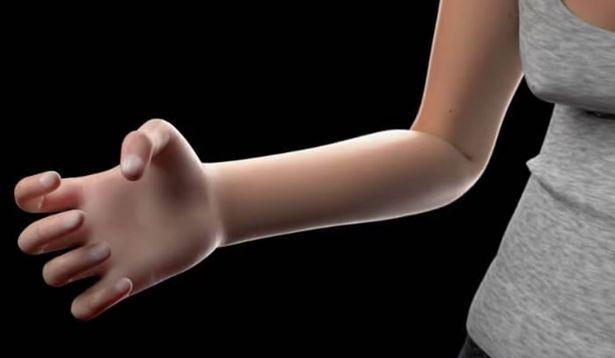
A spokesperson for Mindy and future humanity says that technology has revolutionized the way we do business. The scope of technology's impact is limitless and humanity shows no sign of giving up on this trend. Technology offers great opportunities for job creation, productivity and learning new skills. But we should not ignore the growing body of evidence revealing the negative effects of technology on our bodies.
To fully understand the impact of everyday technology on us, the researchers first sourced relevant scientific research and expert opinions. They then worked with a 3D designer to create a future human whose body has physically changed due to the consistent use of smartphones, laptops and other devices. The design and typical user habits of modern technology objects, such as smartphones and computer monitors, have important implications for human physiology. In particular, the creation of Mindy reveals that it has a significant impact on the way we sit and stand. The study revealed that constantly adjusting our position to look at our phone or office screen strains the parts of our body that determine our posture.
Text Claw and Smartphone Elbow
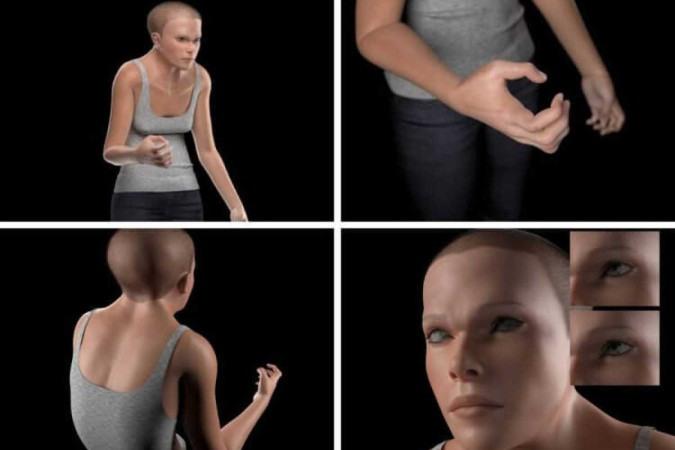
At the same time, a closer look at Mindy's arm reveals two important anatomical changes. In particular, the so-called text claw hand structure, which is directly caused by the use of a specific technology device, such as a smartphone. The hand, which is in an unnatural position for long periods of time, points to the fingers curled inward in the Mindy simulation. Another interesting body change is the 90-degree arms. Also known as smartphone elbow, this problem is caused by the typical positioning of the arm when holding and using smartphones. So elbows may get stuck at 90-degree angles, which are better for holding phones in the next millennium.
Changes to Mindy, the human simulation of the 3,000s, are not limited to this. Researchers say the effects of technology on the neck have also led to a new condition. They call it 'technology neck'.
Technology May Shrink Our Brains
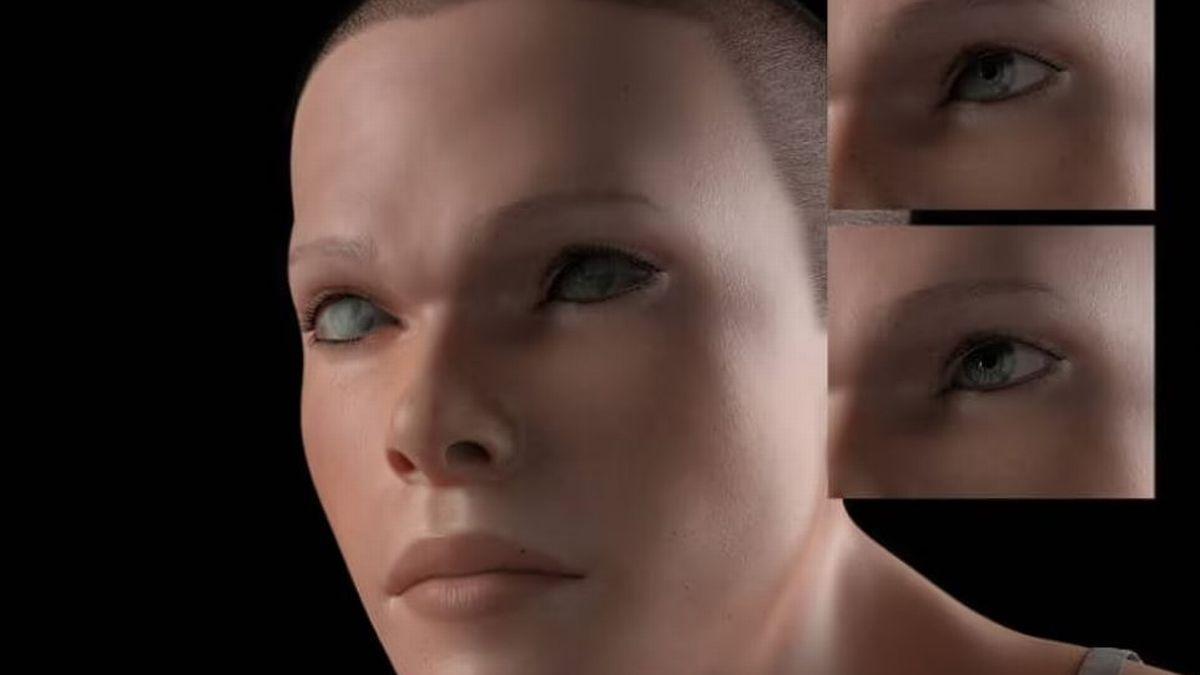
There are many, many questions about Mindy. Chief among them is whether the human brain will shrink in the next millennium. Again, the research focuses mainly on smartphones. There are growing concerns that radio frequency radiation from smartphones can cause serious health problems when exposed to the brain. For now, according to the Mindy simulation, this is impossible to see with the naked eye. But we can develop thicker skulls. If the theories are true, technology could also change the size of our brains.
Perhaps the most interesting difference between Mindy and the modern-day human model is that she has a second eyelid. In the 3,000s, humans are expected to make a radical evolutionary advance that could limit the amount of harmful light their eyes are exposed to. Kasun Ratnayake from the University of Toledo predicts that humans may develop a larger inner eyelid to prevent excessive light exposure. The lens of the eye may also have evolved to block incoming blue light, but not other high-wavelength lights such as green, yellow or red.
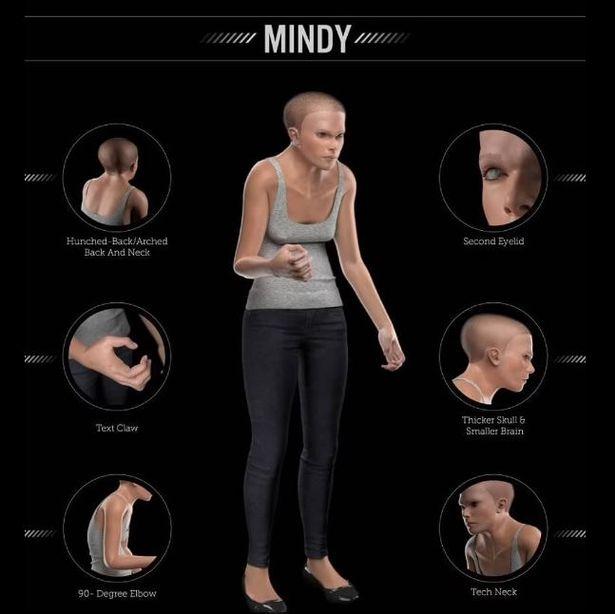
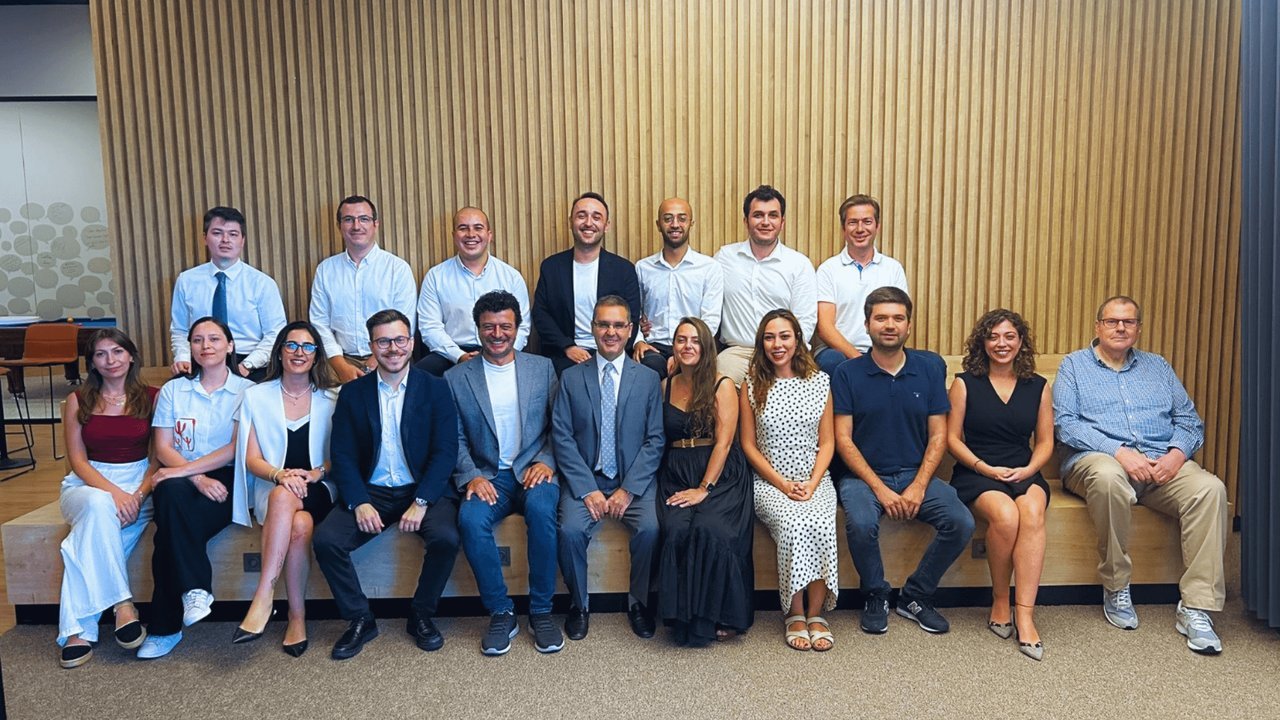



No comments yet for this news, be the first one!...